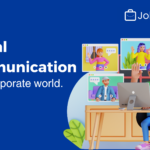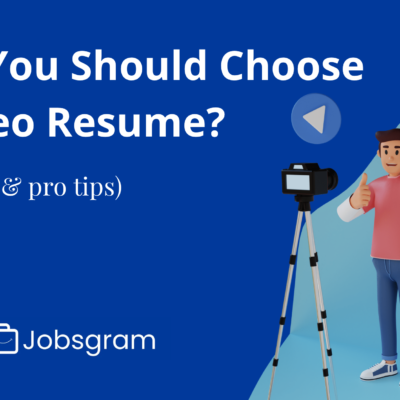You have heard it earlier and you are probably reading this now, “networking is essential“, “networking is the key to landing the perfect job”, and “Referrals are powerful, & they probably increase your chance of getting hired”. But do you struggle with understanding what an employee referral is or find it hard to ask for one? In this blog, we will explore the meaning, benefits and a solution to get your next referral. If you are a statistical person, don’t worry! You’ll find enough of them.
Let’s get the referral game started! Feel free to skip to the part you came searching for.
Understanding Employee Referrals.
In one word, a recommendation. An employee referral is a recommendation made by a current employee for a candidate’s suitability for a particular role. So basically you’re getting your chances high for a particular role.
Remember, the old times when even one person employed for work would get their whole family into the labour as a result of recommending them. Similarly, this recommendation has now expanded a step to networking. Now not only family friends or ex-colleagues but unknown people who are part of a greater network say on LinkedIn are ready to provide a referral.
Apart from getting a chance of being selected for an interview, what are the other benefits of an employee referral?
I see your curiosity. Well, an employee referral can:
- Increased Job Application Visibility: Employee referrals often ensure that your application is seen by the hiring team. Referring employees act as advocates, making sure your resume stands out in the applicant pool.
- Higher Interview Chances: Referrals are more likely to be selected for interviews, as employers trust their employees’ judgment and believe referred candidates are a good fit for the company culture.
- Quicker Hiring Process: Employee referrals tend to have a faster hiring process. Employers may expedite the steps from application to offer, thanks to the trust they place in referred candidates.
- Enhanced Company Culture Fit: Since referred candidates are often familiar with the referring employee and the company culture, they are more likely to fit in seamlessly and contribute positively to the workplace environment.
- Better Long-Term Fit: Referred employees tend to stay longer with the company, leading to improved employee retention rates. They have a solid understanding of what to expect, reducing surprises that could lead to turnover.
Let’s give you some stats. From a blog post by Apollotechnical;
Employee referrals increase the likelihood of a job match by 2.6–6.6%.
Only 25% of workers recruited through job boards stay for more than two years, whereas 45 percent of employees obtained through employee referrals stay for more than four years.
Employee referrals were ranked first among all sourcing alternatives by 82 percent of employees.
Read more here.
Finally, let’s get you placed!
Here’s how you can get an employee referral for your next job in 10 simple steps!
1. Build Your Professional Network:
-
- Start by building a strong professional network through platforms like LinkedIn. Connect with colleagues, peers, and industry professionals. The wider your network, the higher the chance of finding someone working in your desired company.
2. Identify Potential Referrers:
-
- Within your network, identify individuals who work at the company where you want to apply. Look for current or former employees who can provide insights and potentially refer you.
3. Establish a Relationship:
-
- Reach out to your potential referrers and establish a genuine relationship. Engage in meaningful conversations, offer assistance, and express interest in their work.
4. Research the Company:
-
- Before seeking a referral, thoroughly research the company and the specific job role you’re interested in. Understand the company culture, values, and mission. This knowledge will be valuable in your conversations.
5. Express Your Interest:
-
- When you feel comfortable with your potential referrer, express your interest in working at the company. Highlight your qualifications and explain why you’re a good fit for the role.
6. Request a Referral:
-
- Politely ask your connection if they would be willing to refer you for the job. Be clear and specific about the role you’re interested in and the job ID if available.
7. Provide Necessary Information:
-
- If your referrer agrees, provide them with all the necessary information, such as your resume, cover letter, and any other documents they might need to submit on your behalf.
8. Follow Up and Be Patient:
-
- After the referral, follow up with your connection to express your gratitude. Be patient throughout the hiring process, as it may take some time.
9. Be Prepared for an Interview:
-
- If you’re contacted for an interview, be well-prepared. Showcase your skills and enthusiasm for the role.
10. Respect the Decision:
-
- Regardless of the outcome, whether you secure the job or not, respect your referrer’s efforts and stay professional. Continue to nurture your professional relationships for future opportunities.
I hope you found this post helpful! If you did, share it with your friends or with your connections on LinkedIn.




